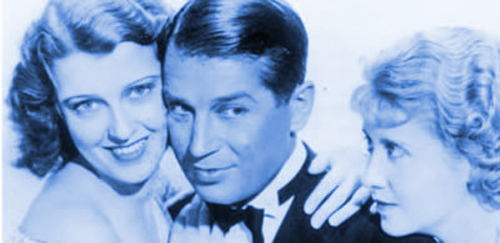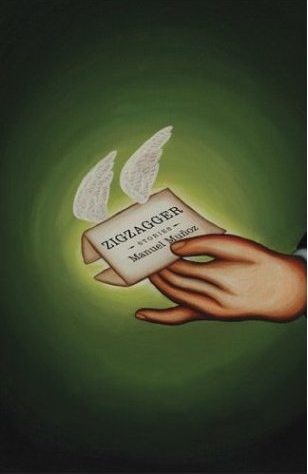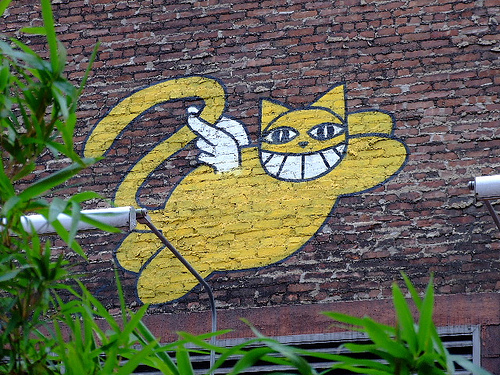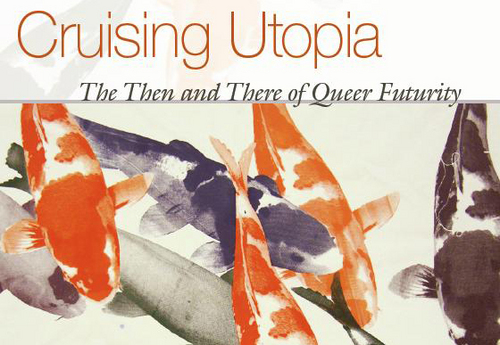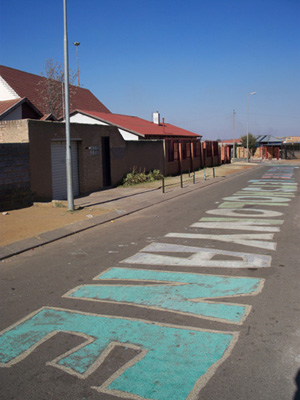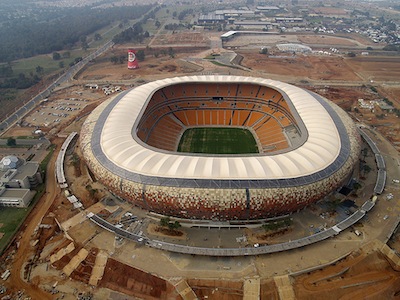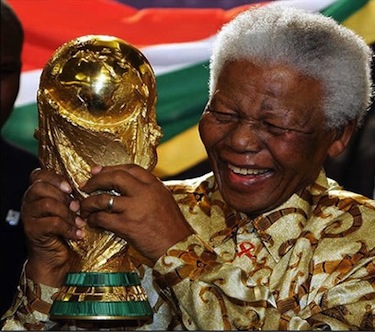For those of you who are concerned about the so-called “Gay Agenda,” have no fear. The agenda is alive and well and its chief strategist is usually located in a bunker in the compound known as Washington Square Village. … Continue reading “Fuller, Vaster, Brighter”
Category:
"Good as Yesterday"'s Queer Futurity: Muñoz with Muñoze
ricardo ortizMy title plays with as it traces a number of imbedded citations. First it conjoins the titles of the two texts that will concern, and, in their conjunction, provoke, me here . One echoes the title of José Esteban Muñoz’s … Continue reading “"Good as Yesterday"'s Queer Futurity: Muñoz with Muñoze”
The Aesthetic Utopian
lauren berlantLet’s think about the “then and there” in the subtitle of Cruising Utopia: the Then and There of Queer Futurity, for these deictics are insistently aligned with the now-central question of how to induce utopian futures from within a negating present. The answer of course is that the aesthetic provides the affective ballast and concrete means to induce exuberant futures.
Response
José Esteban MuñozThese responses to Cruising Utopia: The Then and There of Queer Futurity situate the project in extremely valuable and useful ways. These readers are all ideal for me: thus indicating my sense of ideality as incalculable and expansive. In each … Continue reading “Response”
Desiring Just Economies / Just Economies of Desire
Social Text CollectiveSocial Text collective member Lisa Duggan is among the speakers at this conference to be held 24-26 June, 2010 at the Institute for Cultural Inquiry in Berlin. Desiring Just Economies / Just Economies of Desire, according to it’s organizers, will “explore how desire not only sustains current economies, but also carries the potential for inciting new forms of understanding and doing economy.” Read the full conference statement and get more details here.
Bafana Bafana: The Reckoning
Eli Jelly-SchapiroWhen Siphiwe Tshabalala scored for Bafana Bafana against Mexico on June 11, he provided the World Cup the sublime opening note longed for by his country, and by followers of football across the planet. Mexico’s late equalizer dampened the local … Continue reading “Bafana Bafana: The Reckoning”
World Cup Security Workers Protest
Eli Jelly-SchapiroIn November of 2007 the workers building Durban’s Moses Mabhida Stadium staged a wildcat strike, demanding monthly project bonuses and better Health and Safety standards. Their action helped inspire a wave of such work stoppages at stadium sites throughout the country, and contributed to one of the abiding narrative themes of the World Cup’s lead-up: would the infrastructure be ready in time?
The World Cup III: In The Stadium's Shadow
Eli Jelly-SchapiroFifteen years after the new South Africa’s first democratic elections, the dream of a true, non-racial, economically just “Rainbow Nation” endures. But so too do the inequalities of race and class that are the legacy of apartheid and its colonialist antecedents. In April of 2009 Jacob Zuma, anointed restorer of the liberationist mantle, rode a wave of populist energy to the national presidency. His ascension, however, has not quelled a resurgence of social unrest. For the majority of South Africans who retain faith in the nation’s potential, but mourn the violent inequities that continue to shape daily life in apartheid’s aftermath, the World Cup is cause for a difficult if needed national reckoning. [Part 3 of a 3 Part series.]
The World Cup II: Bafana Bafana
Eli Jelly-SchapiroSoccer’s history in South Africa, and perhaps on the continent at large, began in 1862, when British sailors, soldiers, and bureaucrats organized a match in Cape Town. Consistent with its British public school origins, soccer in South Africa was initially a game of the colonizing classes. Like cricket and rugby, the sport was used to nurture an imperialist ethos of mannered masculinity amongst British youth, imperial servants, and privileged colonial subjects. [Part 2 of a 3 part series.]
Remembering Lena Horne
Shane VogelIn May of 1963, US Attorney General Robert F. Kennedy convened a meeting of black representatives from the realms of politics, academia, and the arts. The remarkable gathering included James Baldwin, Lena Horne, Lorraine Hansberry, Harry Belafonte, social psychologist Kenneth Clark, president of the Chicago Urban League Edwin Berry, and Jerome Smith, a young activist and CORE fieldworker. Kennedy offered defensive platitudes of his record on civil rights; Clark, Hansberry, and others tried to impress upon him the inadequacy of the federal response to the situation in the south. Both sides spoke past each other until the meeting was brought to a halt by the soft-spoken yet passionate interruption of Jerome Smith.
Open Letter to President Obama
Ashley DawsonDear President Obama, This holiday weekend brought news of the failure of BP’s latest strategy for plugging the oil flow in the Gulf of Mexico – the ominously named “top kill.” It now seems increasingly likely that oil will continue … Continue reading “Open Letter to President Obama”
The World Cup: Will South Africa Shine?
Eli Jelly-SchapiroFrom the editors: In the lead-up to the World Cup, the first to be held in Africa, we are serializing in three parts an essay by Eli Jelly-Schapiro on the cultural politics of soccer. This essay will then be followed by a Periscope forum about the Cup. Read more.
Philosophy Department closure at Middlesex University, UK
Tariq JazeelDepressing things going on at Middlesex University in the UK following management’s crazy decision to close the Philosophy Department. After student occupations in protest, a number of students and faculty have been suspended from the University. Faculty suspended are Professor Peter Osbourne, Professor … Continue reading “Philosophy Department closure at Middlesex University, UK”
University of Puerto Student Strike
Biella ColemanFor nearly a month, a large swath of University of Puerto Rico students across campuses on the island are striking new policies that limit tuition waivers, among others. They have taken over the main campus leading to its shutdown until … Continue reading “University of Puerto Student Strike”
March on Forever, Kanellos!
Stefanos TsigrimanisStray dogs are the unofficial cartographers of the streets of Greek urban centers. They roam the cities and form a relationship of belonging only with the spatial parameters that describe a vague outline of home. Most of them are not feral, however, they stand in a league of their own, marking their difference from the contained cuteness and cuddliness of domestic pets. In recent years, some stray dogs have risen to the status of the urban hero, transcending any limitations speciecists might ascribe to them. Such a canis heroicus was Kanellos, who died as a legend in the summer of 2008.


